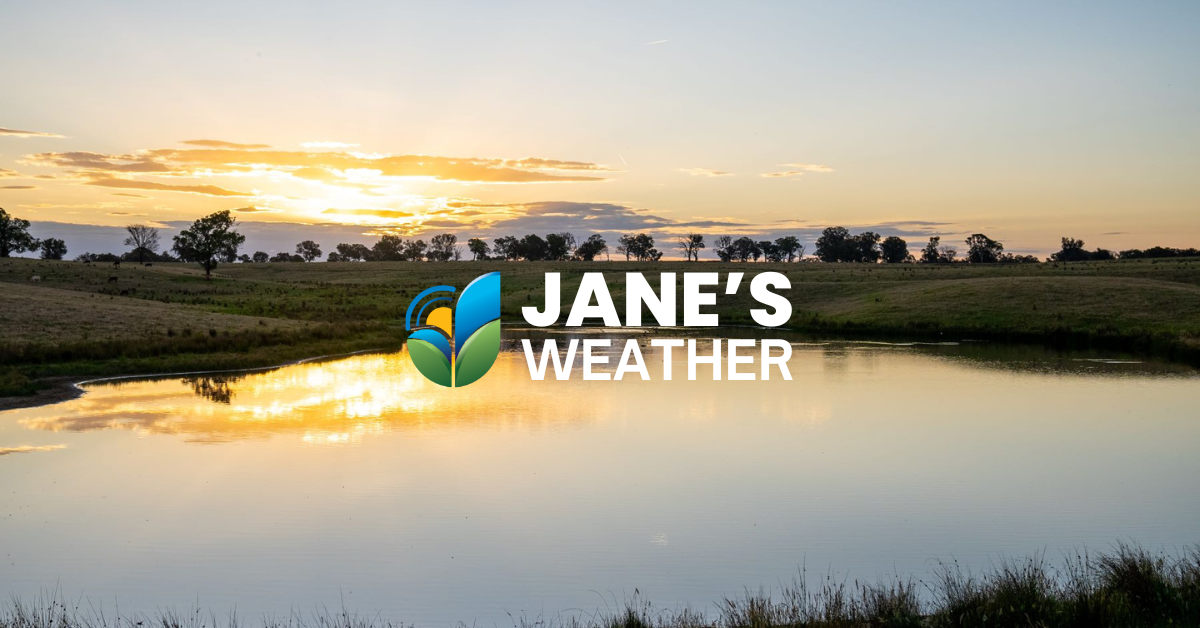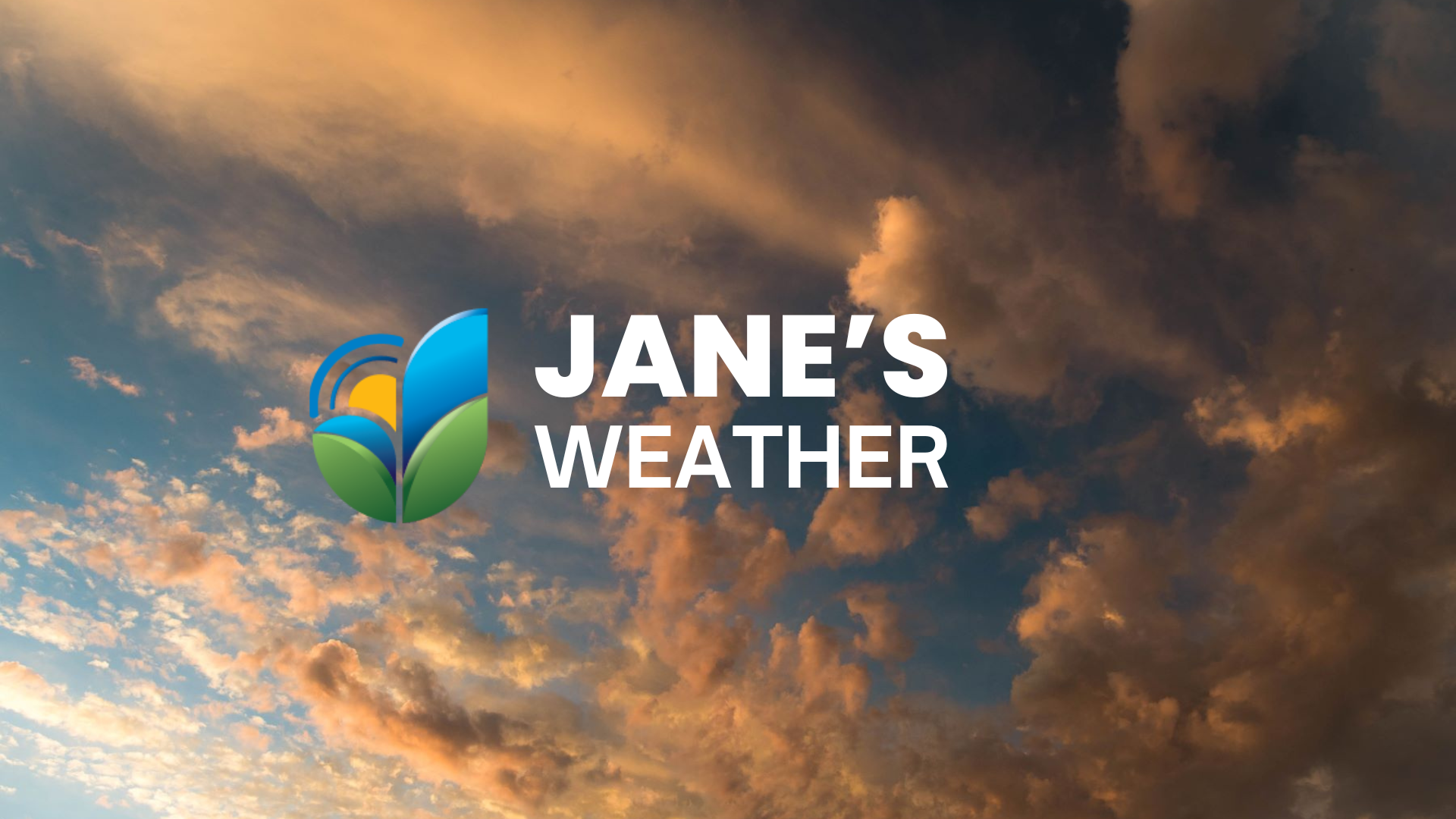Mixed outlook as we head into Christmas
We have a brief burst of heat in the southeast, followed by showers and storms to the east of the trough which brings a cool change.
2 min read
 Jane Bunn - Jane's Weather
:
May 23, 2025
Jane Bunn - Jane's Weather
:
May 23, 2025
.png)
We currently have a big weather system crossing the southeast. This delivered huge rainfalls to eastern NSW, but it can't spread far west thanks to blocking high pressure. We're in the last part, and the rain clears away early tomorrow.
A cold front crosses the Bight, after bringing a chill and showers to the southwest - but it won't pass through the southeast, fizzing out as it arrives on Saturday into Sunday.
The next cold front has more luck, crossing the southeast on Monday into Tuesday. This brings wintry showers, gusty winds and alpine snow - and lets colder air work its way up the east coast. There isn't a connection to tropical moisture (again thanks to blocking high pressure) so the coast does well, the ranges do well (on the southern and western sides) and it fizzes out further inland. The leftovers from this dominate the weather pattern for the rest of the week.
Meanwhile, there is a big surge of moisture coming in from the northwest. This is the start of one of those juicy, northwest cloudbands that if they connect to a system in the south, deliver good, soaking rain. You guessed it though - there is no connection thanks to blocking high pressure - so this rain falls over the interior, then the leftovers cross Queensland late next week.
However, the next weather system arrives in the west late next week, another big push of moisture from the Indian Ocean. Will this be the one that makes it through to the southeast? Euro's week 2 modelling likes it (there is the potential for rain in the first week of June according to the Euro modelling - see the video that follows for details) so it is definitely one to watch.
Potential rain over the next week
At a global and seasonal scale, the Pacific Ocean is in a neutral state and won't be a big factor in 2025's weather. We have warmer than average waters off eastern Australia that act as a great source of moisture when the weather pattern pushes them to us.
The Indian Ocean is much more interesting.
The models have been forecasting a negative phase for this winter and spring - and now we are seeing the first signs of the ocean starting to turn.
Look at the Indian Ocean box and see the first bits turning blue. That's the beginning of a transition to cooler than average water over there.
If the box continues to 'turn blue' then we end up with an imbalance, and the atmosphere takes note and tries to put it back in line.
Sea Surface Temperature Anomaly (SSTA)
This is great for us, because the atmosphere actively encourages moisture to move eastwards across the Indian Ocean and into Australia.
The atmosphere actively encourages those juicy northwest cloudbands.
We are seeing the first inkling of this transition now... and the forecast over the next few months looks very promising for a full transition into negative (the green zone).
Indian Ocean Dipole forecast
When that happens we need that lovely moisture to meet up with low pressure to produce widespread soaking rain. That needs the highs to weaken .. which may be the only problem with this plan.
Watch my full explanation in this weeks video:
Jane’s Weather provides hyper local weather forecasting based on the consensus of all the weather models, using Machine Learning and AI to calibrate the forecast to conditions at your farm. We include updates on temperature, rain and wind, along with evapotranspiration for efficient water usage, frost risk, growing degree days and a detailed spraying forecast customised for any property in Australia.
Posts By Tag

We have a brief burst of heat in the southeast, followed by showers and storms to the east of the trough which brings a cool change.

We've moved into a phase of weather with limited connection to tropical moisture, an ending Negative Indian Ocean Dipole, and a weak La Nina - so...

The leftover moisture from Cyclone Fina is meeting up with a trough over the centre of the country and it is set to spread significant rain...